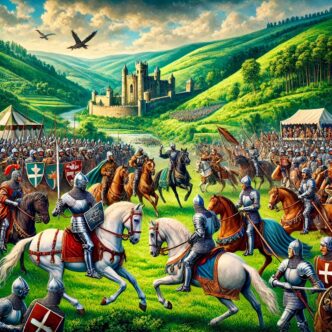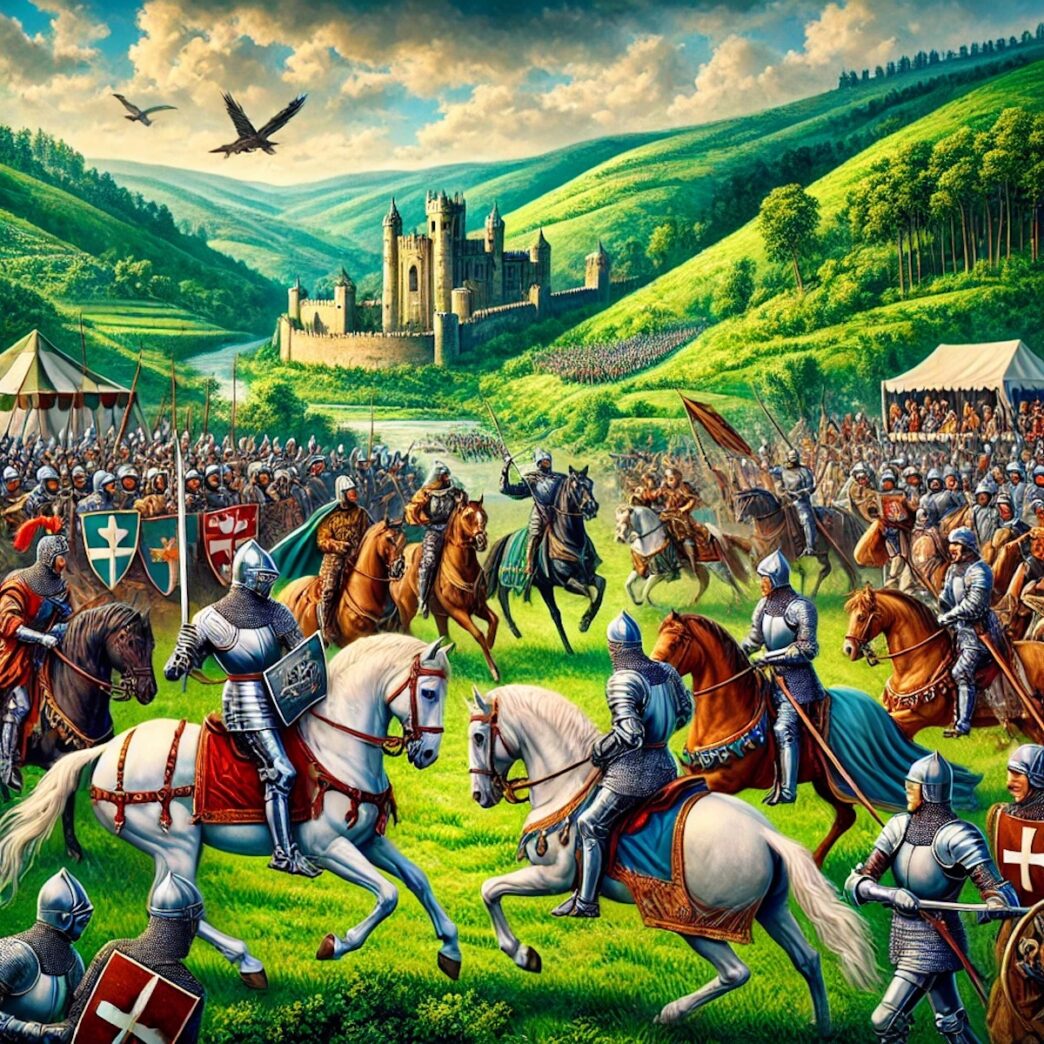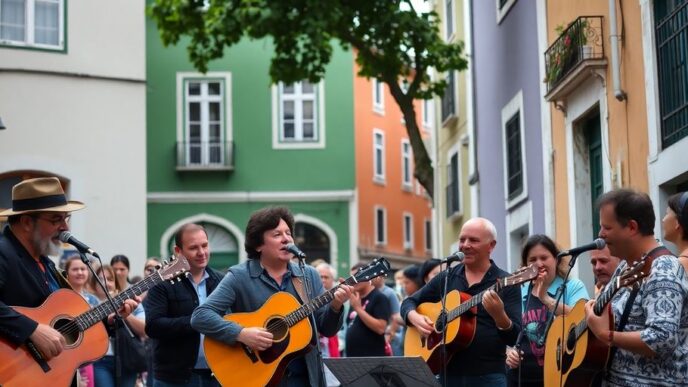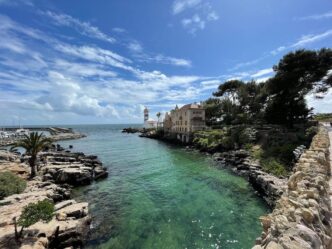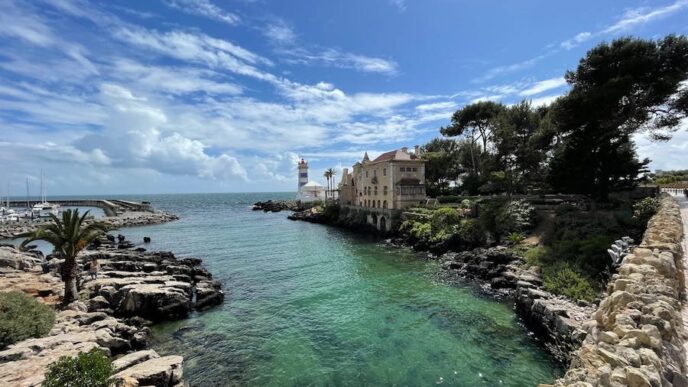In the summer of 1140 or 1141, the verdant fields of Arcos de Valdevez in northern Portugal became the stage for a unique confrontation between the Kingdom of Portugal and the Kingdom of León. Known as the Battle of Valdevez, this encounter played a crucial role in Portugal’s journey toward sovereignty.
Historical Context
At the onset of Alfonso VII’s reign over León, his cousin, Afonso I of Portugal, was the heir presumptive. However, the birth of Alfonso VII’s sons, Sancho III and Ferdinand II, coupled with the geographical separation between Afonso’s power base in Portugal and the Leónese crown, likely spurred Afonso to challenge the existing order. Defying the Treaty of Tui (1137), Afonso invaded Galicia, crossing the Minho River into the Valdevez region.
The Encounter at Valdevez
Upon learning of Afonso’s incursion, Alfonso VII mobilized his forces from León into Galicia, dismantling fortifications that could aid Afonso and setting up camp in the Serra do Soajo, north of the Lima River. The confrontation at Valdevez was distinctive; instead of a traditional battle, it evolved into a series of knightly jousts, known as a hastilude. This approach minimized widespread bloodshed, with many prisoners taken but few lives lost. Notably, Ramiro Fróilaz, a nobleman, was among those captured.
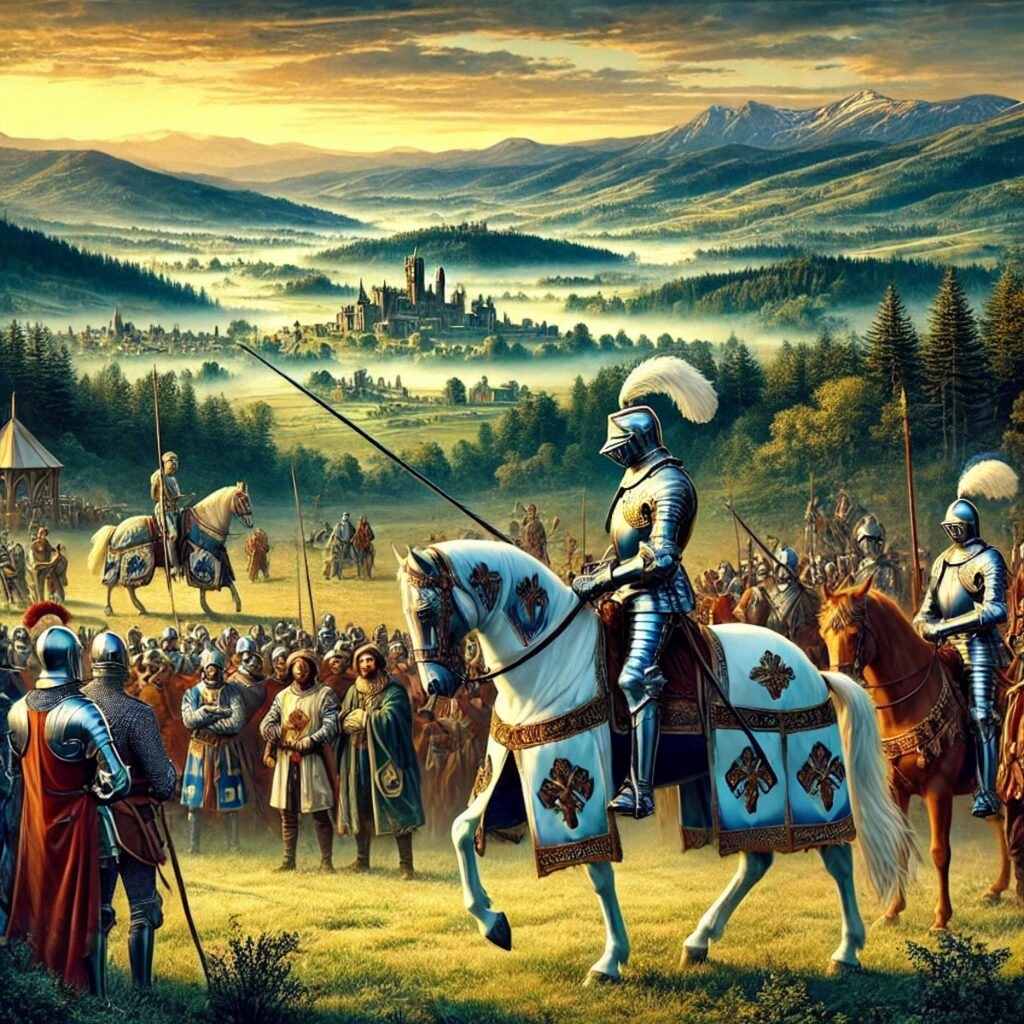
Aftermath and Significance
The Portuguese knights’ success in these chivalric contests led to a peace agreement and the exchange of prisoners. This armistice paved the way for the Treaty of Zamora in 1143, which recognized Portugal’s independence and concluded its first war of independence. The site of the encounter became known as the “Veiga” or “Campo da Matança,” translating to the “field of killing.”
Legacy and Commemoration
The Battle of Valdevez holds a special place in Portuguese history, symbolizing the nation’s emergence as an independent entity. This unique confrontation, resolved through chivalric competition rather than extensive warfare, underscores the medieval emphasis on honor and valor. Today, the battle is commemorated through various memorials, including an azulejo mural at São Bento railway station in Porto and a monument in Arcos de Valdevez by sculptor José Rodrigues.
The Battle of Valdevez exemplifies how strategic diplomacy and chivalric traditions can influence the course of history, marking a significant step in Portugal’s path to nationhood.

